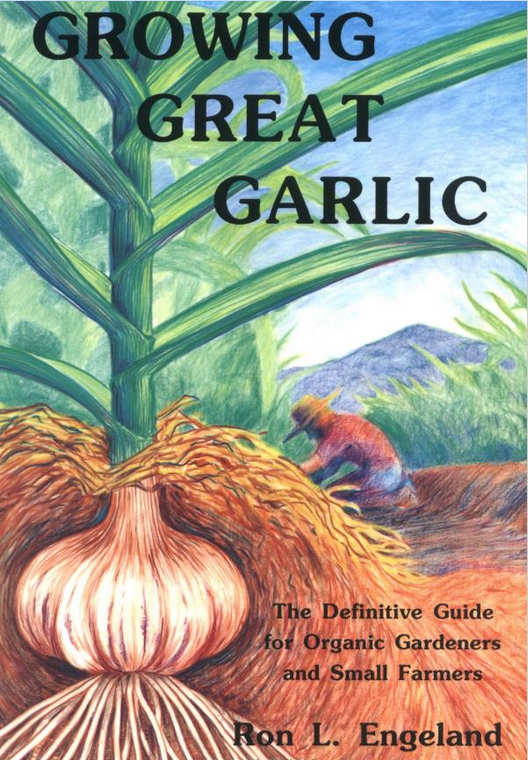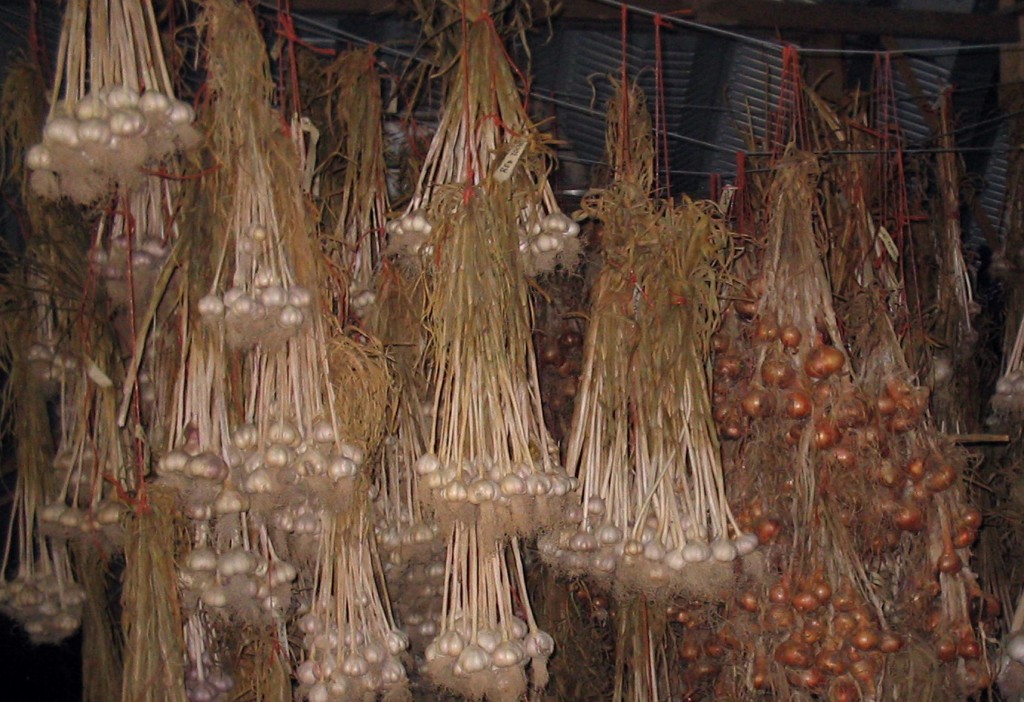For you self-sufficiency enthusiasts out there, you may be interested in my presentation using the recently constructed SESE seed office as a case study for DIY green and natural building at the Mother Earth News Fair in Albany, OR. Hope to see you there!
All posts by Ira
Black-Eyed Peas, Greens and Cornbread for New Years’ Good Luck



Happy New Year! My family always had some traditional black-eyed peas, collard greens and cornbread on New Years’ Day for good luck! Smelling any kind of southern (black-eyed, crowder or cream) pea cooking takes me back to my grandma’s Florida kitchen. She would have a big pot of “peas” simmering with onions, garlic and a little smoked pork. Our New Years meal was always rounded out with fresh ground cornbread or muffins and baked sweet potatoes. Everything except the garlic was grown in our backyard garden and then either put up for later use or fresh cut like the collard greens. Every year since I started growing my own garden, I include these easy-to-grow southern staples in my garden plans, and you can, too.
Many people trace the tradition of eating black-eyed peas for luck on New Year’s Day to Sherman’s destructive march through the South. These peas were formerly considered only fit for animal fodder, and so they were spared and then they sustained both black and white southerners through the hard months that followed. That may be a reason the tradition spread — but a Jewish friend of mine says the tradition of eating black-eyed peas for luck on New Year’s goes much further back to the Talmud. According to her relatives, whose Sephardic Jewish ancestors settled around Savannah, Georgia in the early 1800s, the practice was already common long before the Civil War.
Whether you know them as southern peas, cowpeas, field peas or black-eyed peas, they are delicious and easy to grow wherever there are 60-90 days of warm weather both day and night. Vining varieties like Big Red Ripper are extremely drought tolerant but need more room to spread out. The ability of southern peas to grow in poor soil is so good that some varieties like Iron and Clay are best known as a soil building cover crop. Early varieties like Queen Anne Blackeye Pea can be grown in more northern states.
Greens are the traditional companion dish to southern peas. My grandmother loved collard greens, the old timey varieties that turned blue-purple in the winter when the leaves are sweetest. We also sometimes had Southern Giant mustards or Seven Top turnips or just mixed greens from the large patch she would sow in late summer or early fall as the summer heat began to ease. This year Southern Exposure is are offering an old timey variety called Alabama Blue that looks and tastes a lot like the greens I enjoyed as a child.
 The corn bread we had in my youth was always either yellow or white and baked in a cast iron skillet so it was crusty on the outside and tender on the inside slathered with fresh butter. Here at Southern Exposure we not only offer yellow varieties like Leaming dent or Reid’s yellow dent and white like Texas Gourseed corn but also beautiful red corns like Floriani Red Flint and Bloody Butcher. We even offer varieties with blue or mixed colored kernels for an amazing array of colors and flavors.
The corn bread we had in my youth was always either yellow or white and baked in a cast iron skillet so it was crusty on the outside and tender on the inside slathered with fresh butter. Here at Southern Exposure we not only offer yellow varieties like Leaming dent or Reid’s yellow dent and white like Texas Gourseed corn but also beautiful red corns like Floriani Red Flint and Bloody Butcher. We even offer varieties with blue or mixed colored kernels for an amazing array of colors and flavors.
Aside from our website, another good source of information on all these crops and how to grow them is my book The Timber Press Guide to Vegetable Gardening in the Southeast.
Growing Great Garlic by Ron Engeland – Book Review
Our new seed office is ripe with the wonderful smell of garlic! Allium planting season is here and we’re busy shipping garlic and perennial onions. All our garlic shipments come with a copy of our garlic and perennial onions growing guide, but if you’re looking to get more extensive know-how along with your shipment, consider picking up a copy of Growing Great Garlic by Ron Engeland. His conversational style makes this book accessible to the layperson while his wealth of experience makes it useful to even the experienced gardener. Despite having been written over 20 years ago, Growing Great Garlic remains the standard gardening guide for anyone interested in the organic cultivation of garlic.

The recent explosion of knowledge and interest in heritage vegetable varieties finally seems to be making its way to the onion’s much loved but poorly understood cousin, garlic. Garlic has found a place for itself in culinary traditions around the world as a seasoning, a foodstuff in its own right and even a confection. If the produce section at the local supermarket is anything to go by, garlic is a forgettable, small and either gray or gray. Its flavor is identifiable, but consistent. It seems any head is as good as the next.
In this 226-page garlic growing guide, Ron Engeland sets out to introduce the small farmer and home gardener to the many faces of this amazing plant. The author introduces the main types (Rocambole, Continental, Artichoke and Silverskin) as well as his strategies for cultivation and harvest. He even helps diagnose garlic diseases, pests and pathogens (from nematodes and thrips to botrytis and yellow dwarf virus). When your garlic is ready, Engeland walks you through processing and storage, to ensure that your harvest lasts long into the winter months.
Give Engeland a chance and he will show you that organic garlic can be an exciting crop of diverse shapes, colors and flavors.


